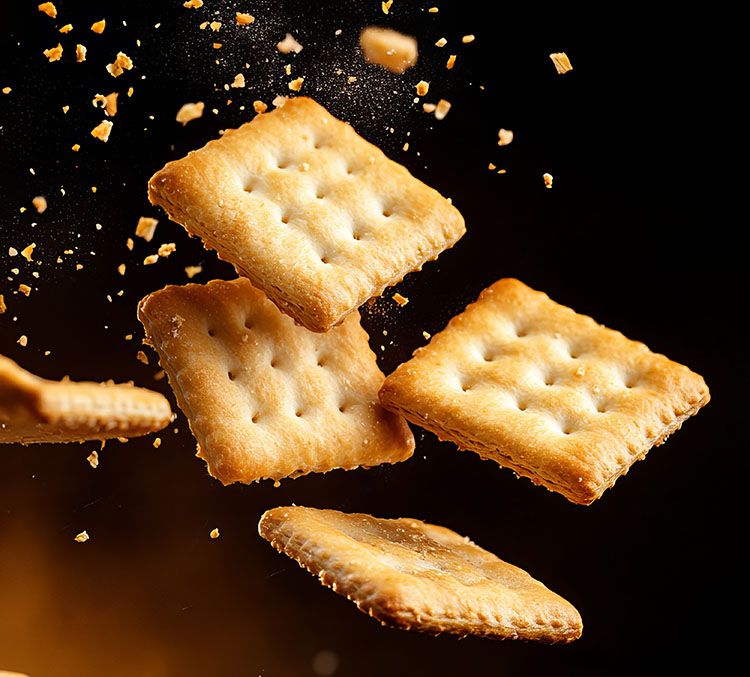
Two-stage mixing takes center stage
Two-stage batch mixing brings multiple advantages to industrial-scale baking. Two-stage batch mixing is especially suited to long-fermentation doughs, where structure and flavor are needed.
Two-stage batch mixing brings multiple advantages to industrial-scale baking. Two-stage batch mixing is especially suited to long-fermentation doughs, where structure and flavor are needed.
The key to continuous baking success is in the oven. For biscuits, crackers and cakes, a steady, continuous production flow is ideal in high-volume operations.
Chip Czulada embarked on a new role as the President of Reading Bakery Systems (RBS) at the beginning of 2024. He shares with Baking+Biscuit International magazine his view on the first six months at the helm of the company where he has been working for over 20 years.
An entire fleet of iconic crackers built its consumer base on their open, flaky texture, which is produced by layering the dough. Reading Bakery Systems designed a new, 90-degree technology concept for the laminators manufacturing this dough.
The conversation around increasing manufacturing sustainability will unavoidably start with analyzing ovens, for any baking operation. Visible results are a necessity.
Reading Bakery Systems unveiled the new Thomas L. Green Emithermic XE Oven, a superior replacement for traditional Direct Gas Fired (DGF) ovens. This new oven reduces energy and emissions, and simplifies cleaning and maintenance.
Low moisture, long shelf-life, diverse sizes and shapes – crackers and cookies are a segment filled with opportunity. Their characteristics also dictate process improvements and how equipment can support optimization.
Future Foods was established as a start-up company in 2016 near Cairo, Egypt. Its main focus is the snack market in Egypt and the MENA (Middle East, Near Asia) region and it has a particular speciality called a “Fretzel”.

